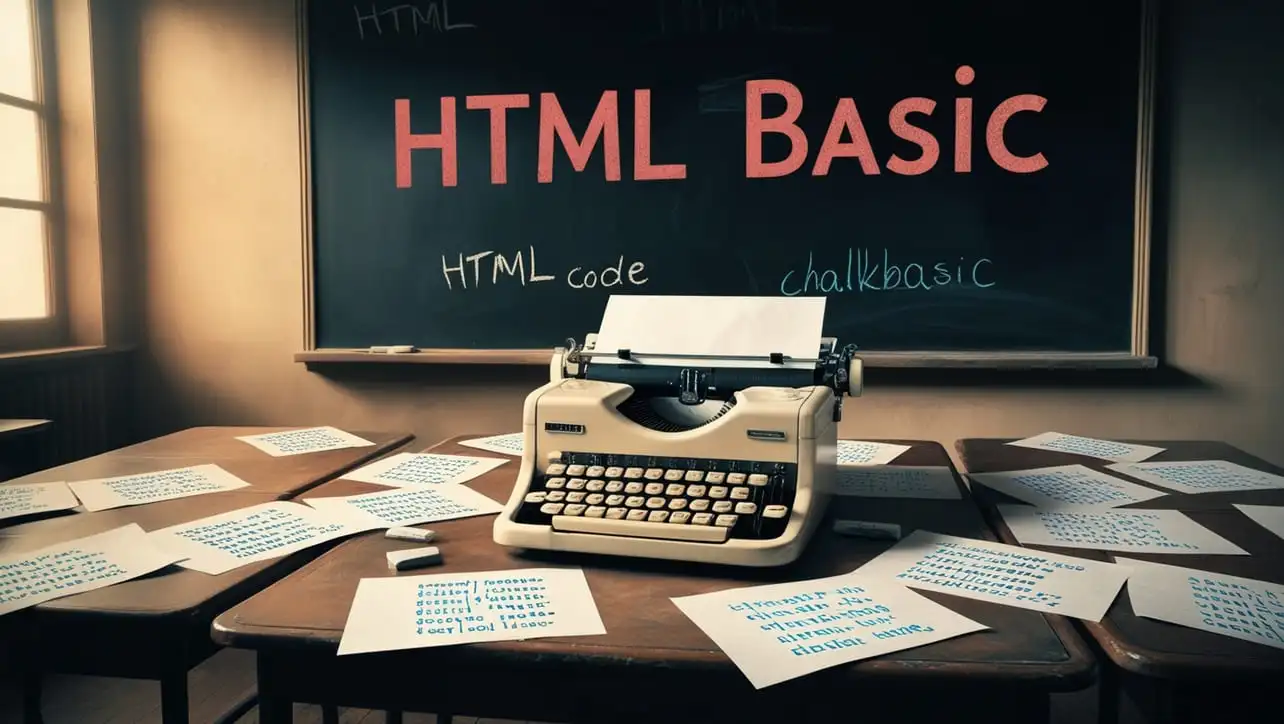
HTML Topics
- HTML Intro
- HTML Basic
- HTML Editors
- HTML CSS
- HTML Tags
- HTML Deprecated Tags
- HTML Events
- HTML Event Attributes
- HTML Global Attributes
- HTML Attributes
- abbr
- accept
- accept-charset
- accesskey
- action
- align
- alt
- archive
- as
- async
- autocapitalize
- autocomplete
- autofocus
- autoplay
- axis
- bgcolor
- border
- cellpadding
- cellspacing
- char
- charoff
- charset
- checked
- cite
- class
- classid
- codebase
- codetype
- color
- cols
- colspan
- compact
- content
- contenteditable
- controls
- coords
- crossorigin
- data
- data-*
- datetime
- declare
- default
- defer
- dir
- dirname
- disabled
- download
- draggable
- enctype
- enterkeyhint
- for
- form
- formaction
- formenctype
- formmethod
- formnovalidate
- formtarget
- frame
- frameborder
- frameset
- headers
- height
- hidden
- high
- href
- hreflang
- hspace
- http-equiv
- id
- inert
- inputmode
- ismap
- kind
- label
- lang
- list
- loop
- low
- max
- maxlength
- media
- method
- min
- multiple
- muted
- name
- novalidate
- onabort
- onafterprint
- onbeforeprint
- onbeforeunload
- onblur
- oncanplay
- oncanplaythrough
- onchange
- onclick
- oncontextmenu
- oncopy
- oncuechange
- oncut
- ondblclick
- ondrag
- ondragend
- ondragenter
- ondragleave
- ondragover
- ondragstart
- ondrop
- ondurationchange
- onemptied
- onended
- onerror
- onfocus
- onhashchange
- oninput
- oninvalid
- onkeydown
- onkeypress
- onkeyup
- onload
- onloadeddata
- onloadedmetadata
- onloadstart
- onmousedown
- onmousemove
- onmouseout
- onmouseover
- onmouseup
- onmousewheel
- onoffline
- ononline
- onpagehide
- onpageshow
- onpaste
- onpause
- onplay
- onplaying
- onpopstate
- onprogress
- onratechange
- onreset
- onresize
- onscroll
- onsearch
- onseeked
- onseeking
- onselect
- onstalled
- onstorage
- onsubmit
- onsuspend
- ontimeupdate
- ontoggle
- onunload
- onvolumechange
- onwaiting
- onwheel
- open
- optimum
- pattern
- placeholder
- popover
- popovertarget
- popovertargetaction
- poster
- preload
- readonly
- rel
- required
- reversed
- rows
- rowspan
- sandbox
- scope
- selected
- shape
- size
- sizes
- span
- spellcheck
- src
- srcdoc
- srclang
- srcset
- start
- step
- style
- tabindex
- target
- title
- translate
- type
- usemap
- value
- width
- wrap
- HTML Comments
- HTML Entity
- HTML Head
- HTML Form
- HTML IndexedDB
- HTML Drag & Drop
- HTML Geolocation
- HTML Canvas
- HTML Status Code
- HTML Language Code
- HTML Country Code
- HTML Charset
- MIME Types
HTML onkeypress Attribute

Photo Credit to CodeToFun
🙋 Introduction
The onkeypress attribute is a powerful tool in HTML that allows developers to define JavaScript code to be executed when a key is pressed within an element.
This attribute is commonly used to capture and respond to user keyboard input, providing dynamic and interactive functionalities to web pages.
🎯 Purpose of onkeypress
The primary purpose of the onkeypress attribute is to enable developers to respond to keyboard events in real-time.
By attaching JavaScript code to this attribute, you can create dynamic behaviors based on the keys pressed by the user.
This attribute is often used in conjunction with form validation, interactive games, and various other scenarios where immediate response to keyboard input is essential.
💎 Values
The onkeypress attribute accepts JavaScript code as its value. This code is executed when a key is pressed within the associated HTML element. For example:
<input type="text" onkeypress="myFunction()">🧠 How it Works
In this example, the myFunction() JavaScript function will be called each time a key is pressed within the text input field.
📄 Example
Let's explore a simple example of using the onkeypress attribute to validate a form field:
<form>
<label for="username">Username:</label>
<input type="text" id="username" name="username" onkeypress="validateUsername(event)">
<input type="submit" value="Submit">
</form>
<script>
function validateUsername(event) {
// Example validation: Allow only alphanumeric characters
var keyCode = event.keyCode;
if ((keyCode < 48 || (keyCode > 57 && keyCode < 65) || (keyCode > 90 && keyCode < 97) || keyCode > 122)) {
event.preventDefault();
}
}
</script>🧠 How it Works
In this example, the validateUsername function is triggered on each keypress within the username input field, preventing non-alphanumeric characters from being entered.
🔄 Dynamic Values with JavaScript
Similar to other HTML attributes, you can dynamically set the onkeypress attribute using JavaScript.
This allows you to change the behavior of the element based on specific conditions or user interactions. Here's a brief example:
<script>
// Dynamically set onkeypress for an input field
document.getElementById("dynamicField").onkeypress = function(event) {
// Your dynamic code here
};
</script>🧠 How it Works
In this script, the onkeypress attribute is dynamically set for an input field with the id dynamicField. You can customize the behavior inside the anonymous function based on your application's requirements.
🏆 Best Practices
- Use the
onkeypressattribute when you need to capture and respond to keyboard events in real-time. - Consider accessibility; ensure that your dynamic keyboard interactions do not hinder users with disabilities.
- Test your implementations across different browsers to ensure consistent behavior.
🎉 Conclusion
The onkeypress attribute is a valuable tool for creating dynamic and responsive web pages by capturing and responding to keyboard events.
By leveraging this attribute, you can enhance user experience and add interactive features to your HTML elements.
👨💻 Join our Community:
Author

For over eight years, I worked as a full-stack web developer. Now, I have chosen my profession as a full-time blogger at codetofun.com.
Buy me a coffee to make codetofun.com free for everyone.
Buy me a Coffee












If you have any doubts regarding this article (HTML onkeypress Attribute), please comment here. I will help you immediately.